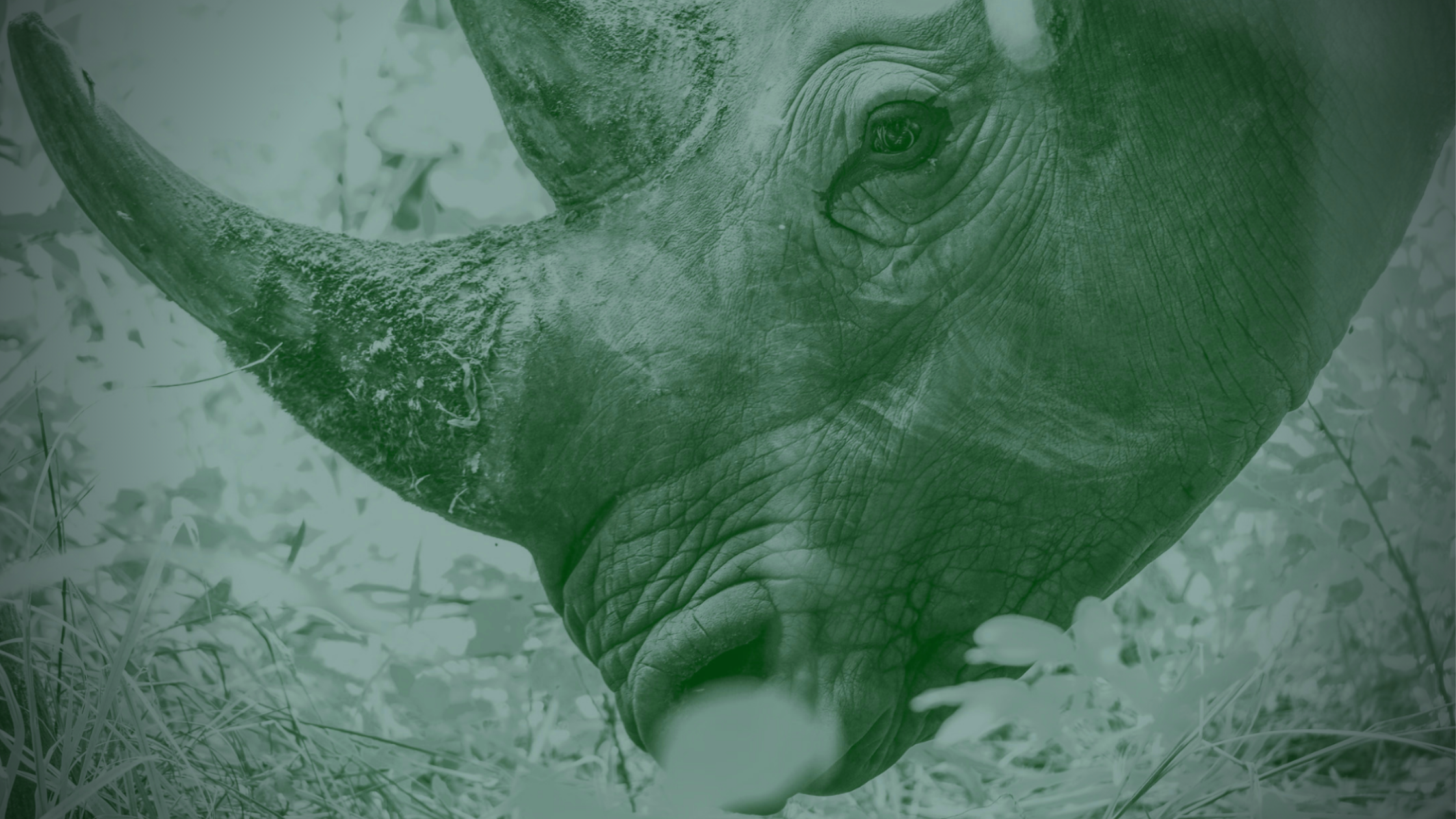Tiger Panthera tigris
Endangered
Population: Around 3,900
Tigers, primarily native to Asia’s tropical forests, have seen their habitats shrink dramatically over time. Notably, the Amur Tiger endures in Russia, and there have been sightings of these majestic creatures as high as 4,500 m in Bhutan. Tragically, fewer than 400 tigers remain in Indonesia, clinging to life in Sumatra’s dwindling forests. This decline is attributed to both rampant poaching and severe deforestation, especially for palm oil and pulp industries. As Asia continues to develop rapidly, the vast territories tigers need are shrinking, replaced by agriculture, commercial logging, and settlements. Moreover, tigers’ prey faces threats from hunting and competition with domestic livestock. It’s time to act and use our wallet as a weapon: be #vegan #Boycottpalmoil #Boycott4Wildlife.
The last of Indonesia’s #tigers, fewer than 400 hang on to survival in rainforests of #Sumatra. Endangered by #poaching and #deforestation for #palmoil and timber. Boycott the brands sending them #extinct #Boycottpalmoil #Boycott4Wildlife @palmoildetect https://wp.me/pcFhgU-fT
The mighty and majestic tiger of #Sumatra are on the brink of #extinction from #palmoil and #mining #deforestation, less than 400 remain alive! You can help fight for their survival, each time you shop #Boycottpalmoil #Boycott4Wildlife @palmoildetect https://wp.me/pcFhgU-fT










The last of Indonesia’s tigers—now fewer than 400—are holding on for survival in the remaining patches of forests on the island of Sumatra. While poaching claims most tigers each year, deforestation remains a serious threat. Sumatra has lost more than half of its forests in the last 40 years, primarily due to conversion for palm oil and pulp plantations. Poaching for illegal trade in high-value Tiger products including skins, bones, meat and tonics is a primary threat to Tigers. Asia is a densely populated and rapidly developing region, bringing huge pressures to bear on the large wild areas required for viable Tiger populations. Conversion of forest land to agriculture and silviculture, commercial logging, and human settlement are the main drivers of Tiger habitat loss. With their substantial dietary requirements, Tigers require a healthy large ungulate prey base, but these species are also under heavy human subsistence hunting pressure and competition from domestic livestock.
The last of Indonesia’s tigers—now fewer than 400—are holding on for survival in the remaining patches of forests on the island of Sumatra. While poaching claims most tigers each year, deforestation remains a serious threat.
IUCN RED LIST
Further Information

Goodrich, J., Lynam, A., Miquelle, D., Wibisono, H., Kawanishi, K., Pattanavibool, A., Htun, S., Tempa, T., Karki, J., Jhala, Y. & Karanth, U. 2015. Panthera tigris. The IUCN Red List of Threatened Species 2015: e.T15955A50659951. https://dx.doi.org/10.2305/IUCN.UK.2015-2.RLTS.T15955A50659951.en. Downloaded on 20 January 2021.
Dalida Innes Wildlife Photography

How can I help the #Boycott4Wildlife?
Contribute in five ways
1. Join the #Boycott4Wildlife on social media and subscribe to stay in the loop: Share posts from this website to your own network on Twitter, Mastadon, Instagram, Facebook and Youtube using the hashtags #Boycottpalmoil #Boycott4Wildlife.
2. Contribute stories: Academics, conservationists, scientists, indigenous rights advocates and animal rights advocates working to expose the corruption of the palm oil industry or to save animals can contribute stories to the website.
3. Supermarket sleuthing: Next time you’re in the supermarket, take photos of products containing palm oil. Share these to social media along with the hashtags to call out the greenwashing and ecocide of the brands who use palm oil. You can also take photos of palm oil free products and congratulate brands when they go palm oil free.
4. Take to the streets: Get in touch with Palm Oil Detectives to find out more.
5. Donate: Make a one-off or monthly donation to Palm Oil Detectives as a way of saying thank you and to help pay for ongoing running costs of the website and social media campaigns. Donate here









2 thoughts on “Tiger Panthera tigris”